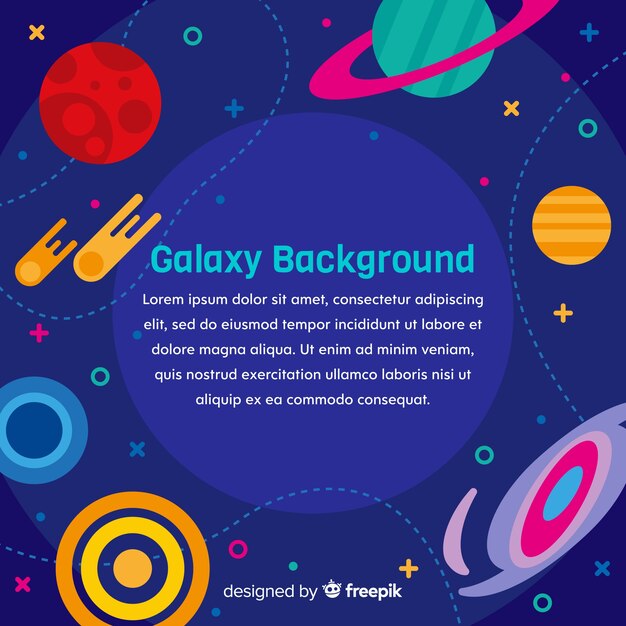Discover the Fascinating World of Black Holes – Fun Facts Unveiled

Black holes are not actually black, but rather emit radiation called Hawking radiation.
Black holes can vary in size, from small ones that can be as light as an asteroid to supermassive black holes that can weigh millions of times the mass of our Sun.
Black holes are formed from the remnants of massive stars that have collapsed under their own gravitational pull.
The gravitational pull near a black hole is so strong that not even light can escape its grasp, hence the term black hole.
If you were to fall into a black hole, you would experience a phenomenon called spaghettification, where you would be stretched out into a long, thin shape.
Time near a black hole is also affected, meaning that time would slow down for someone observing from afar compared to someone falling into the black hole.
Black holes can spin, creating a phenomenon called frame-dragging, where they can create a swirling effect in nearby space.
There is a massive black hole at the center of our Milky Way galaxy called Sagittarius A*.
Black holes can act as cosmic vacuum cleaners, sucking up surrounding matter and energy.
Black holes also emit powerful jets of particles and energy, known as relativistic jets.
The speed at which matter falls into a black hole can be incredibly fast, reaching speeds close to the speed of light.
Black holes can grow in size by merging with other black holes or by consuming nearby stars and gas clouds.
Discover the Fascinating World of Black Holes – Fun Facts Unveiled part 2
Black holes can distort light that passes near them, causing a phenomenon called gravitational lensing, where the light is bent and distorted.
The gravitational pull of a black hole can create intense tidal forces, which can tear apart anything that gets too close.
Black holes can deform space and time, creating what is known as a singularity, a point of infinite density and zero volume.
The event horizon of a black hole is a point of no return, where anything that crosses it is inevitably drawn into the black hole.
Black holes can be detected by observing the effects they have on nearby stars and gas clouds.
The term black hole was first coined by physicist John Wheeler in 1967.
There is a theory that suggests black holes could be portals to other dimensions or even other universes.
Black holes are not spread evenly throughout the universe but are more commonly found in regions of high density, such as in the center of galaxies.
If the Earth were to be compressed into a black hole, it would only be about the size of a marble.
Black holes are not infinite in size, but rather have a finite size determined by their mass.
There is a theory that suggests black holes could be connected to wormholes, which are hypothetical tunnels that can connect distant parts of space.
Black holes emit X-rays and other high-energy radiation, making them detectable by telescopes.
Black holes can have a temperature, although extremely low, due to the Hawking radiation they emit.
Despite their immense gravitational pull, black holes do not go around sucking up everything in the universe.
The first-ever image of a black hole was captured in 2019 by the Event Horizon Telescope project.
Black holes can distort spacetime to such an extent that they can act as a natural time machine, allowing time travel into the future.
Black holes can also create powerful outbursts of energy, known as gamma-ray bursts.
The closest known black hole to Earth is called V616 Monocerotis and is located about 3,000 light-years away.
There is a theory that suggests black holes could be connected to the creation of new universes.
Black holes can grow over time by accreting matter from their surroundings.
The gravitational pull near a black hole is so strong that it can cause a phenomenon known as gravitational time dilation, where time moves slower compared to a region with weaker gravity.
Black holes can have a profound effect on the evolution and shape of galaxies.
The rotation of black holes can cause them to emit gravitational waves, which were first detected by the LIGO experiment in 20
Despite their name, black holes are not holes or voids in space but rather incredibly dense objects.
The largest known black hole, named TON 618, is estimated to be about 66 billion times the mass of our Sun.
The gravitational pull near a black hole is so strong that it can cause light to redshift, making it appear more red to an observer.
Black holes can have a powerful impact on nearby stars, often stripping them of their outer layers or causing them to be ripped apart completely.
The concept of black holes has been around for centuries, with John Michell and Pierre-Simon Laplace proposing their existence in the 18th century.
The X-ray emissions from black holes can be so intense that they can outshine an entire galaxy.
Black holes can emit jets of particles and energy for millions of years, exerting a significant influence on their surroundings.
There is a correlation between the mass of black holes and the size of the galaxy they reside in, suggesting a intricate relationship between galaxies and black holes.
Despite their destructive potential, black holes are crucial for understanding fundamental physics, as they push the boundaries of our current knowledge and theories.
The study of black holes has revolutionized our understanding of gravity and the universe, unveiling some of the most mysterious and awe-inspiring phenomena in the cosmos.

